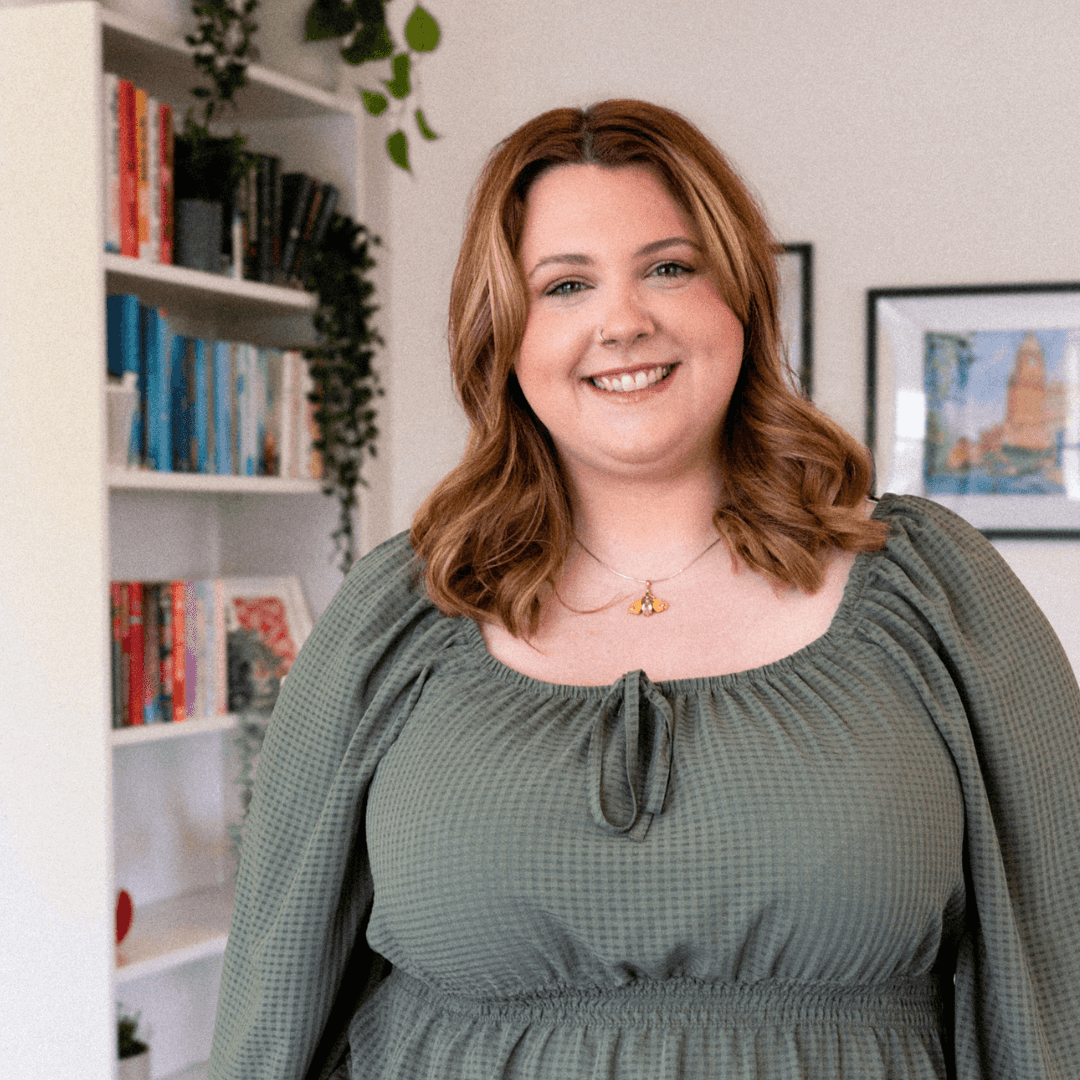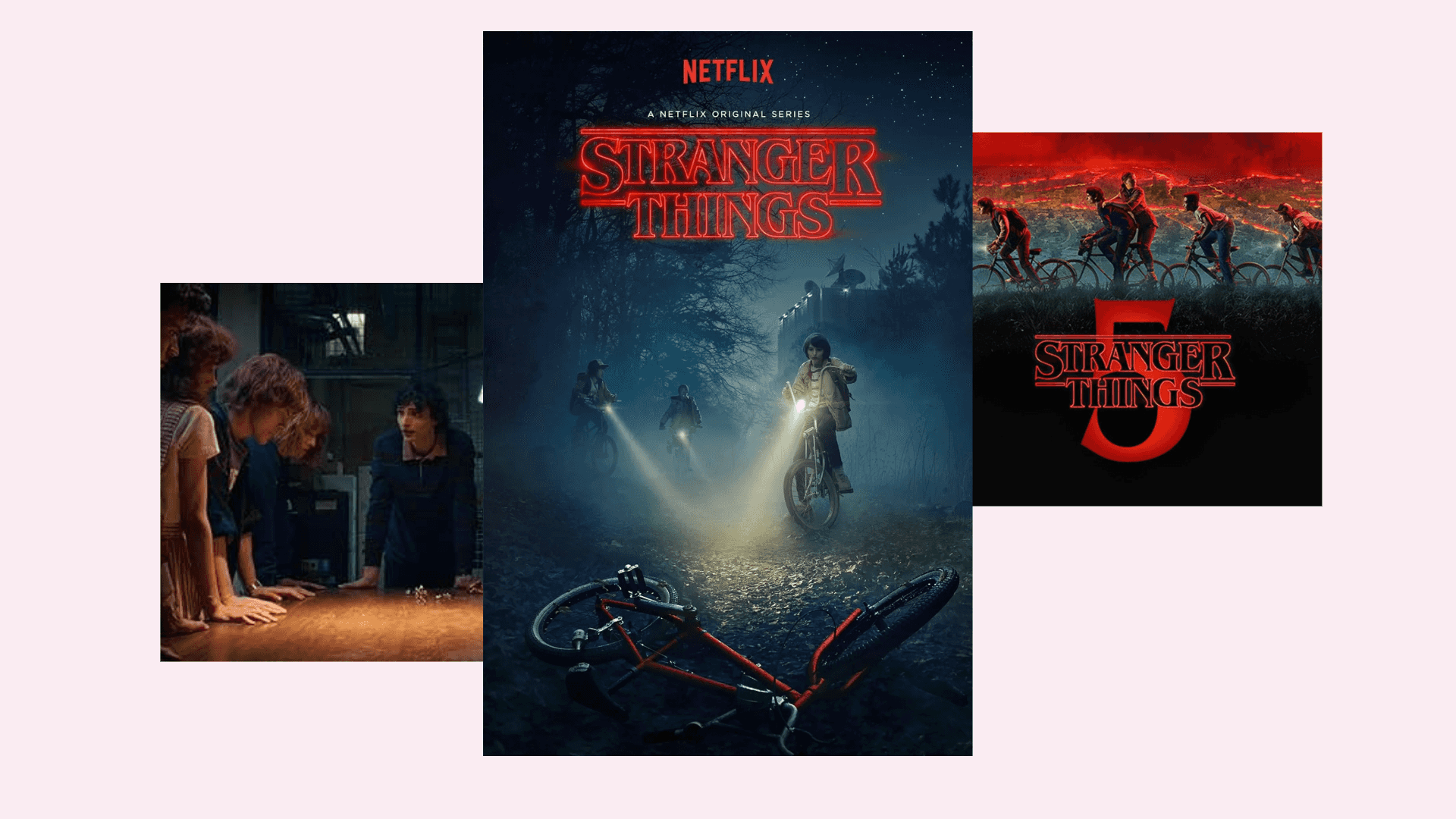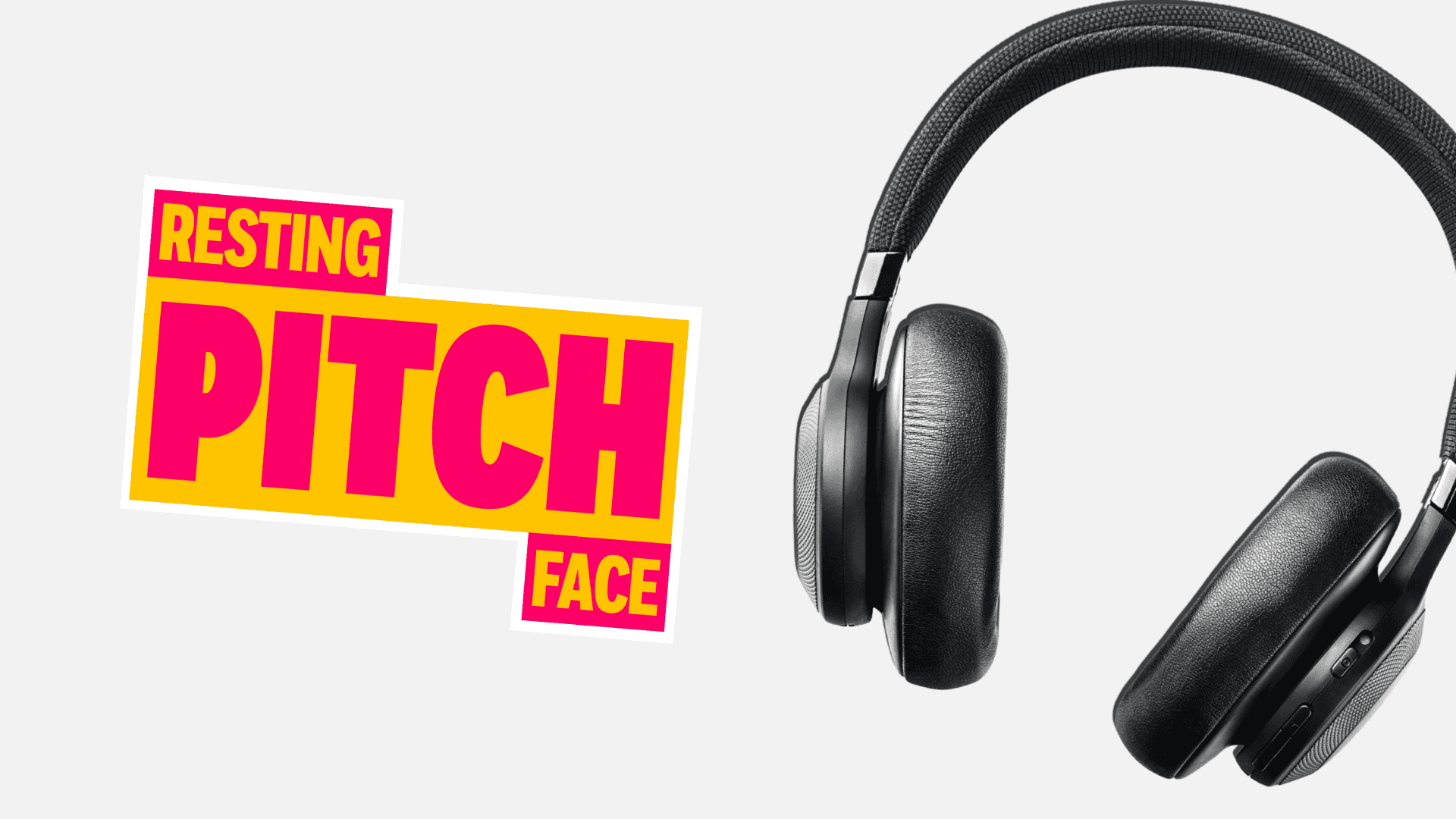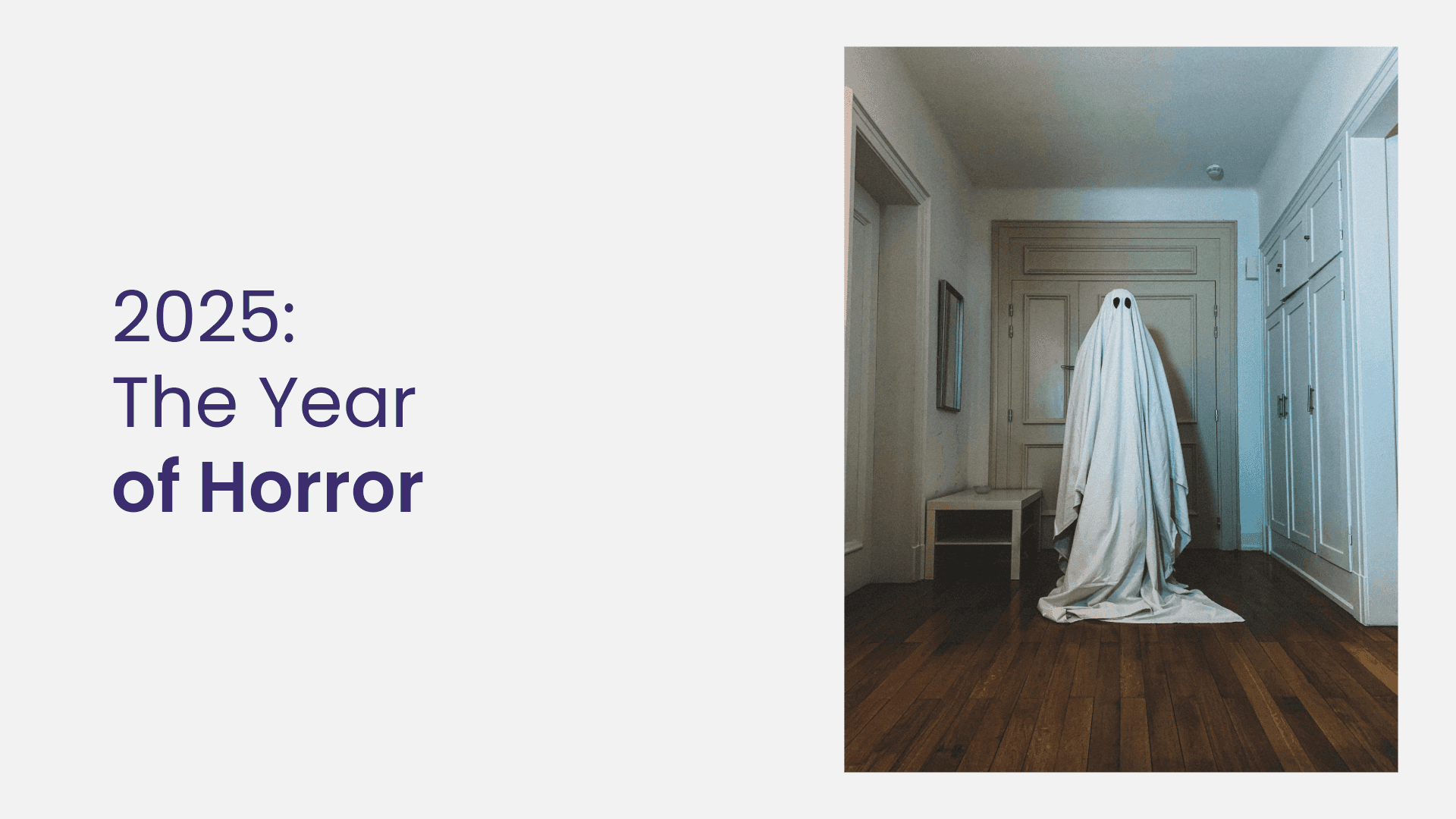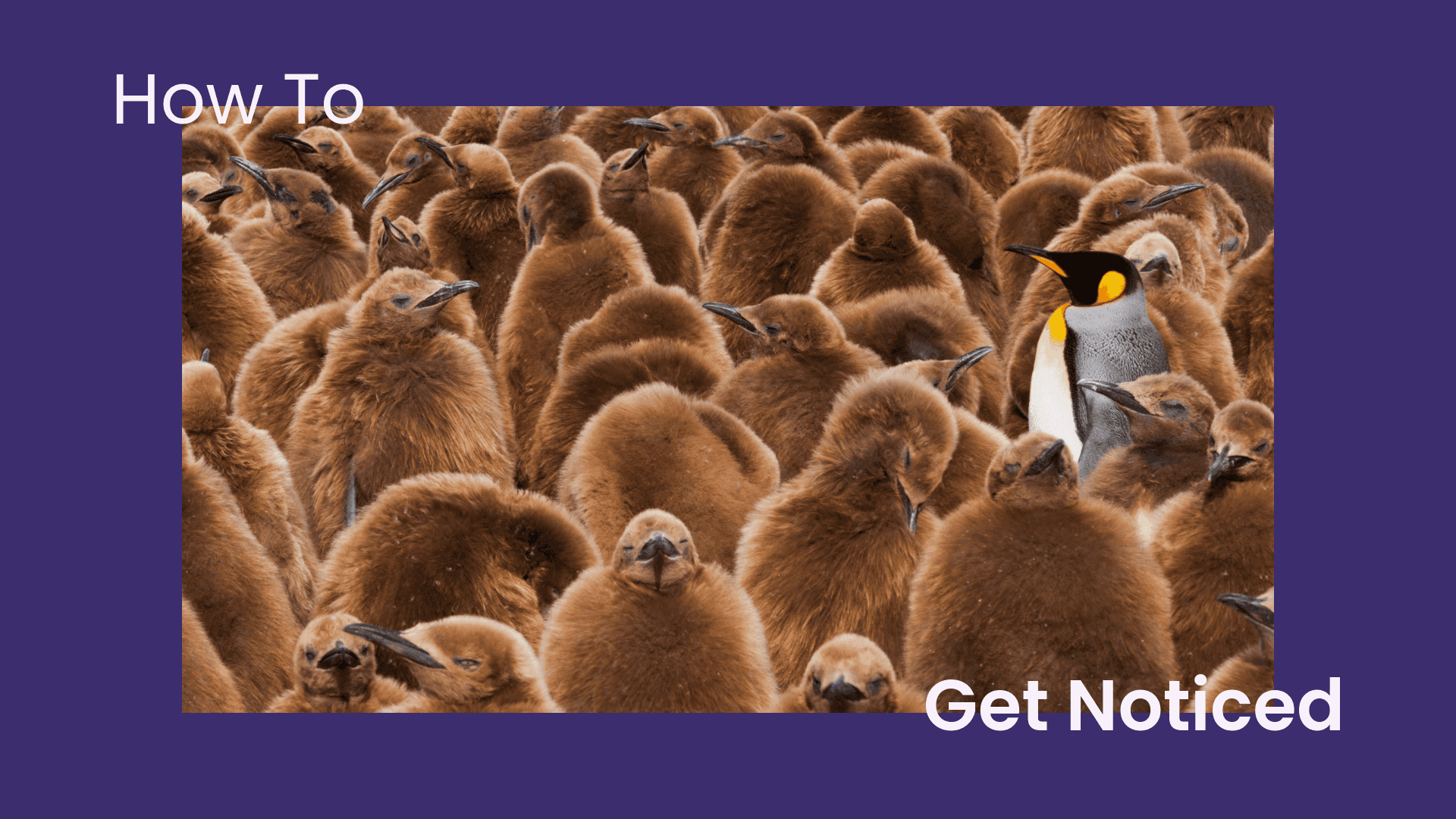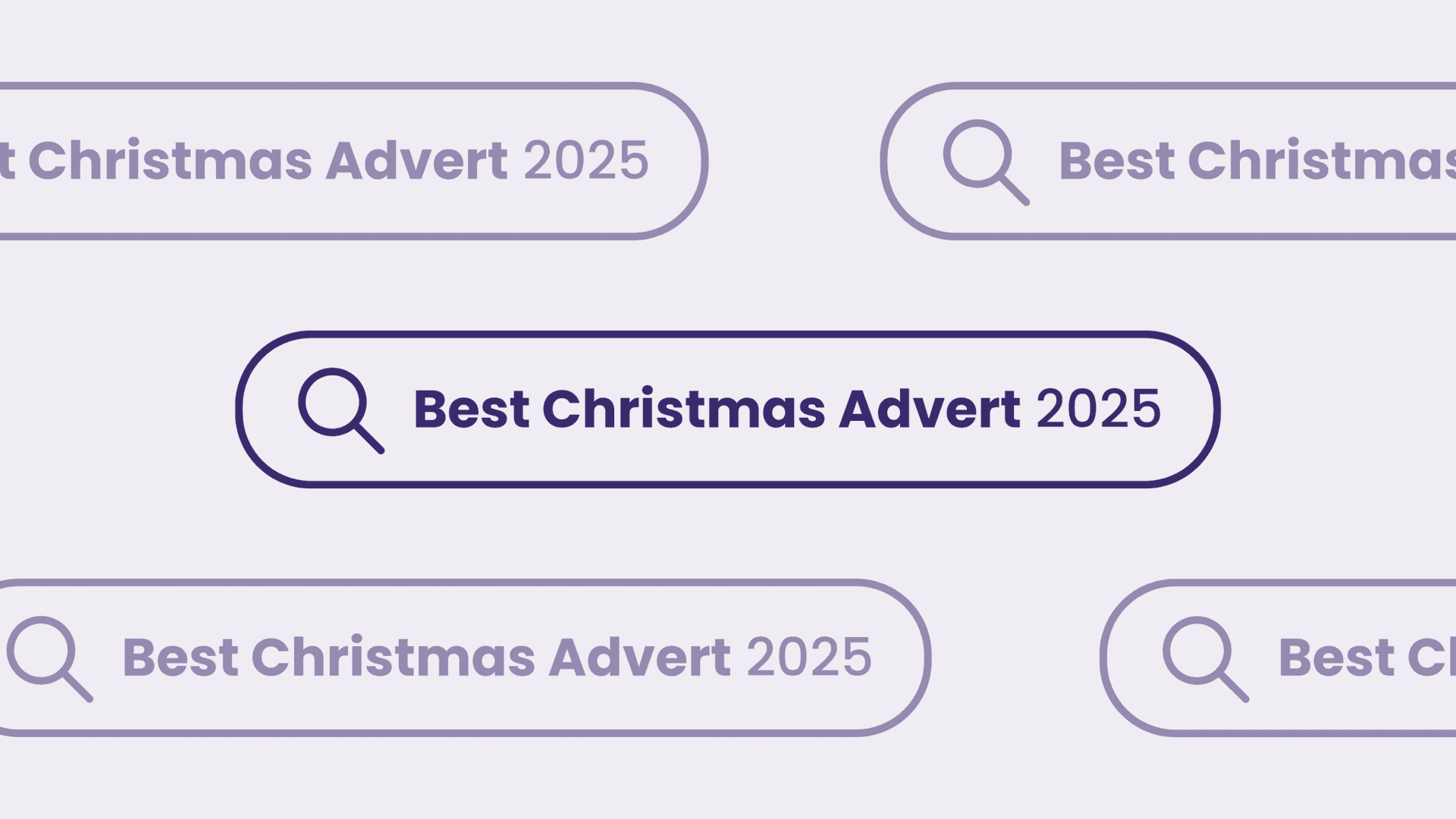
September 2025 Podcast Round-Up: Quiet Clients, The Modern Marketing Stack, and our Influence Mapping process.
Written by Demi
Resting Pitch Face in September was about all things modern marketing.
This includes our new techniques for understanding how your brand fits into the messy customer journey and where your strategy needs improvement.We had some no-nonsense talks about the relationship between agency and client, and how to navigate when clients go quiet.
Whether you’re in an agency and want to know more about communication strategies, or you’re a brand wanting to dominate in the world of marketing, which is constantly advancing, these episodes will give you insight into modern marketing strategies, good agency-client relationships, and something you can take away to use for your day-to-day.
What To Do When Clients Go Quiet
Polly and Dan tackle the ‘quiet quitter client’ — the one who doesn’t shout, doesn’t complain… just slowly disappears.
They stop replying to emails, push back meetings, give vague one-liners like “just make it better,” then reappear two months later. Knowing how to fix the relationship, or understand when to say, ‘This isn’t working,’ is an agency survival skill.
When you should put your tools down
There’s a point in some client relationships where silence speaks louder than any status update. Good agencies know when to push a project forward, but also when to stop. Pushing through work to just ‘get it billed’ is a trap. When a client is not engaged, their input is missing, and the work you push to deliver won’t be right, and this will only backfire on the agency, with more time and resources being spent to correct problems. Great agencies don’t just keep going; they know when to pause and set boundaries for the working relationship to help foster it, because collaboration is what drives results, not broken communication.
Communication isn't one-size-fits-all
‘Just communicate better’ isn’t always the answer. You can set expectations and do everything right on paper, and still have a client go silent on you. Not every client lives in email; a phone call might cut through the noise, get the quick answer you need, and give you more context from their tone of voice compared to any thread of polite, over-crafted emails ever could.
And if they still dodge the call? Something’s not right and needs addressing.
Top tip: Set your communication style with your client beforehand, so you know what works for them.
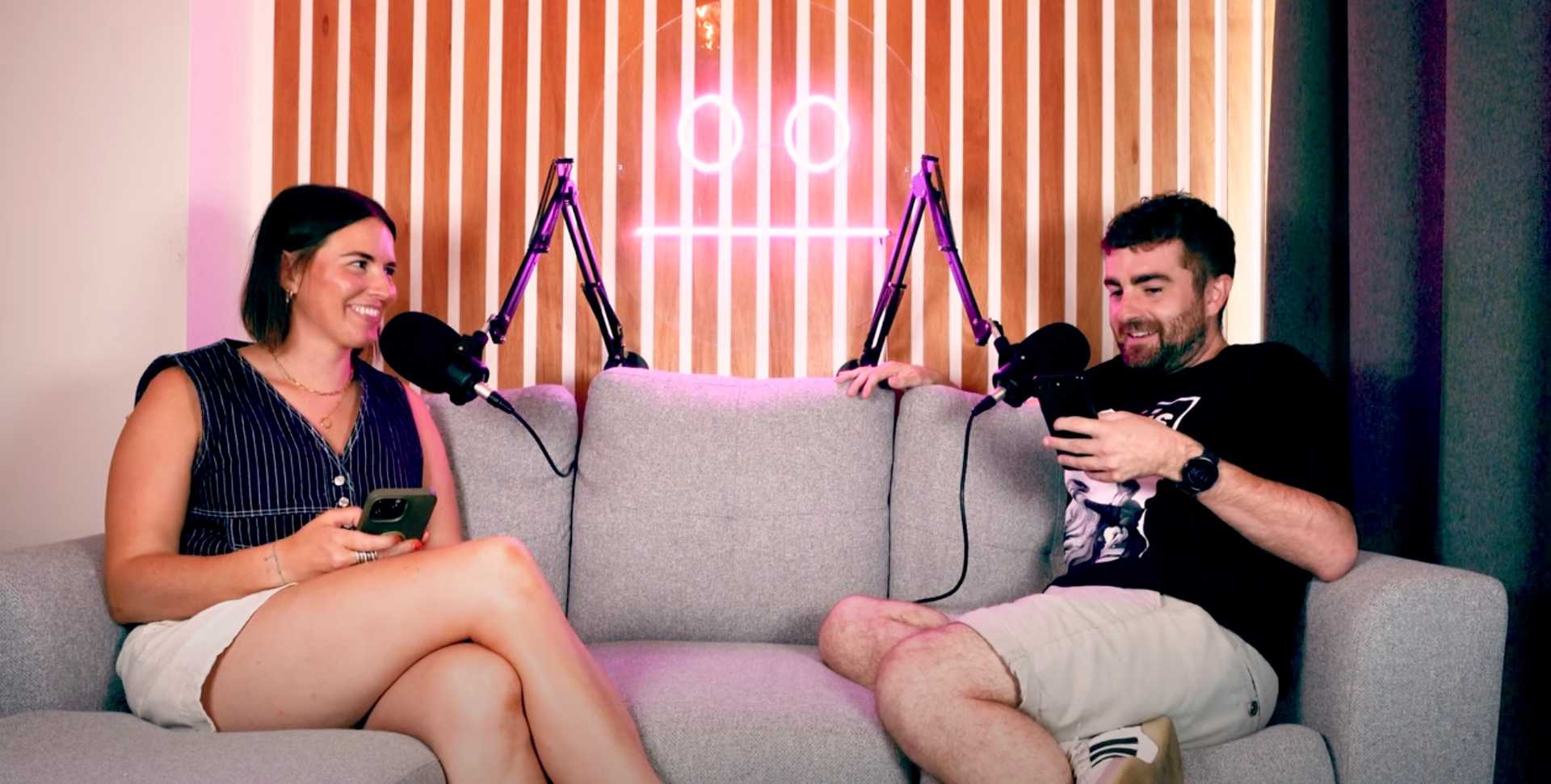
Why 'services' sets the wrong tone for the client-agency dynamic
We don’t serve clients. The word implies a ‘them vs. us’ dynamic that doesn’t reflect how agencies should be working. It’s not about delivering a menu of services, it’s about building strategies around the user, with the client in mind – working as an extended part of their team. When you slip into the ‘we serve, you receive’ dynamic, it can cause disconnects and breakdowns in communication.
Why agencies should challenge clients
If agencies are accountable for the results, they also reserve the right to challenge decisions. Too often, we hear from brands leaving agencies, and the main problem is a lack of proactivity. Teams took instructions, ticked boxes, and never said ‘that’s not the best move.’
You’re an agency. You’ve been trusted with the strategic decisions and expert insights. Clients don’t want silent partners who agree; they want to be challenged and see the uplift in results.
How real agency-client partnerships should be
If your agency feels like a stranger, then that’s already a problem. Here’s a story about one of our clients.
They recently set aside a desk in their office for our team during organic social filming days. Not because it was necessary, but because it felt natural.
Quiet periods usually happen when agencies and clients operate at arm’s length, but if the agency feels embedded, those silences happen less often.
And let’s make one thing clear. If you’re EVER chasing your agency for updates? That’s not a quiet period; that’s a serious problem.
Social + Search: The Modern Marketing Stack
Lee and Polly talked about why social vs search is the wrong question, and how the two are now part of the same strategy.
But is it a bit shift, really? It’s the natural evolution of how people discover: TikTok, YouTube, Reddit, and Google are now one tangled ecosystem. From TikToks ranking in the SERPs to Google indexing Reddit threads, they discuss what this means for SEO, social content, and brands/marketers who treat them as different jobs.
Search doesn't look like Search anymore
Soon, AI won’t just recommend your travel plans, it’ll be able to book them for you.
Just think, planning a trip used to mean hours of Googling, building a list of restaurants, bars, and places to visit. But now, TikTok shows you these before you even ask, or you just drop your budgets into AI tools and they plan a full itinerary for you.
For marketers and brands, this isn’t just a fad that people will get over; it’s going to fully redefine what ‘search’ means. If discovery doesn’t look like traditional search anymore, are you showing up in the places where your customer is actually looking?
SEO gets you seen. Brand gets you chosen.
The future of brand preference isn’t about being found, it’s about being chosen. This is why brand is so important.
AI, TikTok, and other recommendation engines are deciding for people before they even search. When multiple options land in front of users, you need to make sure they pick you. Lee talks about the likes of Gymshark – it’s not just leggings – it’s a community, an identity, trust in the quality. That’s what gets them chosen time and time again.
The businesses with a strong brand are not just the ones that will show up; they’ll be the ones people stick with.
SEO in 2025: Does it really need a rebrand?
Google’s own Danny Sullivan recently said ‘Good SEO is GEO.’
Whether you call it SEO, GEO, or any other acronym, the fundamentals don’t vanish. Users still want to find you – brands still need visibility.
This shift isn’t about abandoning SEO – it’s about expanding it. SEOs are now the best positioned to connect search, AI, and user behaviour into a holistic strategy that drives results.
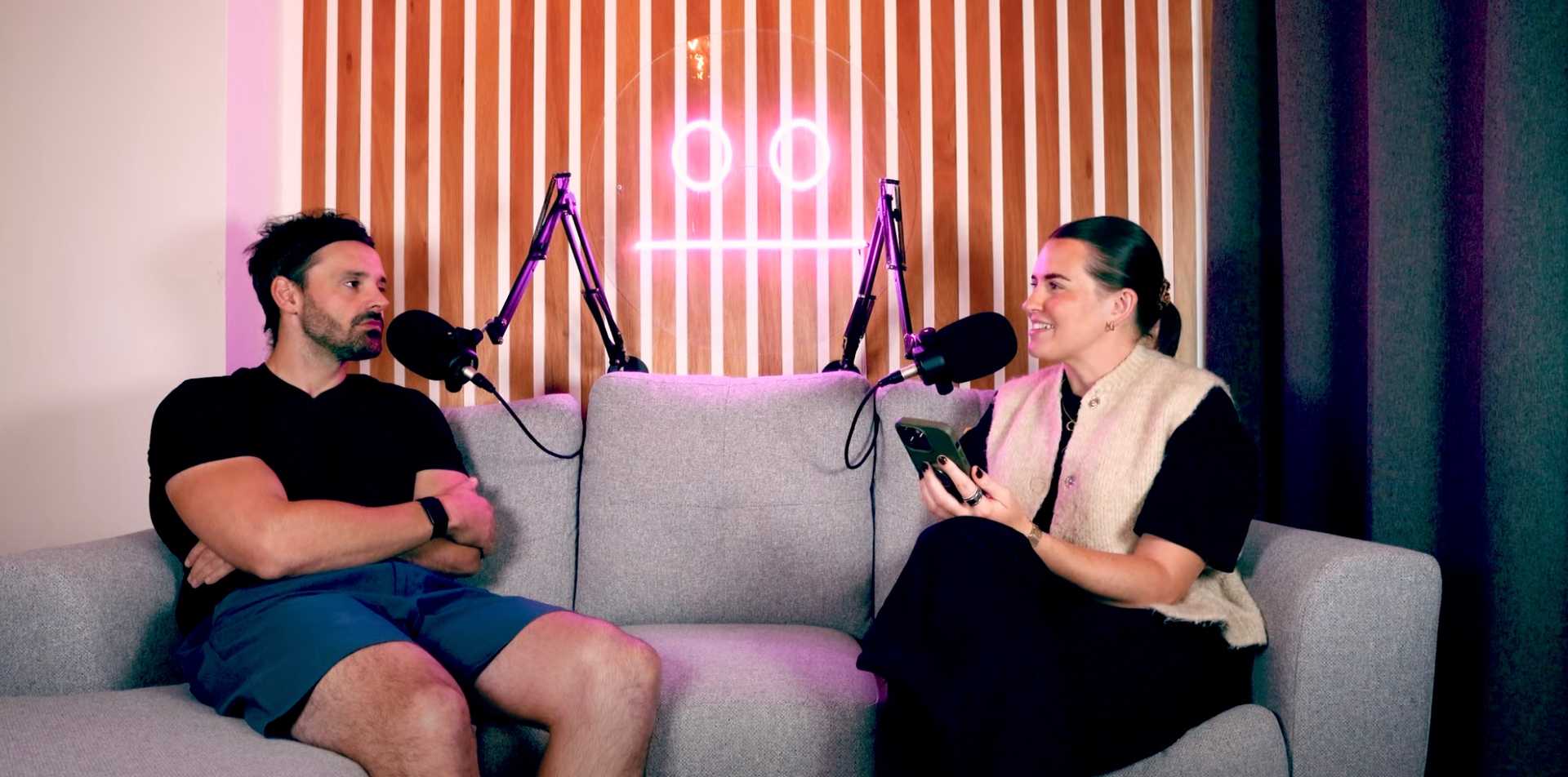
Are influencers losing their influence?
Yes, influencer content increases brand awareness, but audiences are becoming tired of those posts that we all know are incentivized but act like they’re not. When choosing influencers, the importance of brand and influence alignment is increasing.
UGC has a genuine feel – it’s relatable, down-to-earth, and viewers want to be along for the ride. For brands, the takeaway is simple: real people sharing real experiences resonate more than polished posts.
What does Google's recent court ruling mean for other areas of search?
Google has just had a new court ruling, which means they have to share data with its competitors.
This is one clear signal: platform diversity is only going to get stronger, from social media as a search tool and online browsers – but don’t underestimate the power of Google.
AI mode has given them a chance to keep users entirely within their ecosystem. Visibility across multiple platforms is now a must-have, and understanding where users are online is one of they key things each brand needs to do.
Influence Mapping
Lee and Dan break down Influence Mapping, a process born from Google and BCG, which we’ve re-engineered to help clients see where they really stand when it comes to attention, relevance, trust, and reach. They touch on SEO’s prime position in shifting marketing, to the tools we’ve built (Goose and Bound) that uncover the hidden value of PR.
How we've turned data into a strategic direction
We’ve taken Google and Boston Consulting Group’s process and layered it with our own four factors – attention, relevance, trust, and reach – and it’s called ‘Influence Mapping.’ Using inputs from Ahrefs, Similarweb, GA4, first-party social data (owned and paid), and more, we’ve built a tool that runs analysis for a clear benchmark.
From this, we get a data-driven starting point for strategy, which shows where to focus, where to fix, and how brands should grow.
How our tool 'Goose' is shaping content
We created our in-house tool, Goose, almost five years ago now, and it started out hooked into natural language processing. But, as technology advances and our business grows, we have evolved Goose by building three different AI models into it to help us with the outputs.
We still continue to use this regularly with our clients, and so far we have managed 47,000 optimisations!

Digital PR deserves more than a 'link building' label
Digital PR is misunderstood, a lot. People put it in the same category as outdated SEO tactics, or don’t understand the real value because ROI can be hard to measure. That’s why we have Bound, our proprietary tool that puts a commercial estimation against PR activity. Whilst it is an estimate, it proves the growth driver that PR can be.
Focusing on quick wins won't make you a category leader
Yes, the instant gratification from getting quick results is great, but building your brand takes time, and so does being a category leader.
Focus on sustainable growth, not the ‘hacks’ or advice that promises massive gains overnight, which most of the time go against an effective marketing strategy.
Why not check out the full episodes?
Here are just a few insights that the team spoke about in our podcast episodes, and there’s way more over on wherever you get your podcasts.
I’ll check back in next month for more insights on our future episodes.
